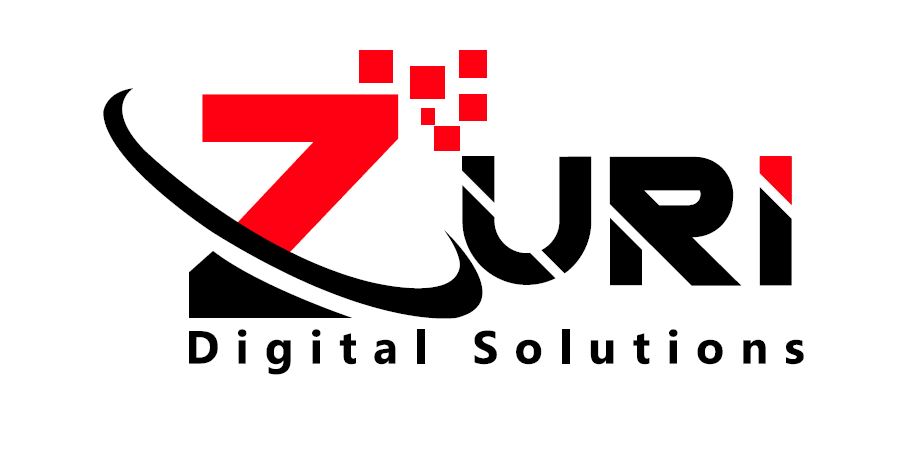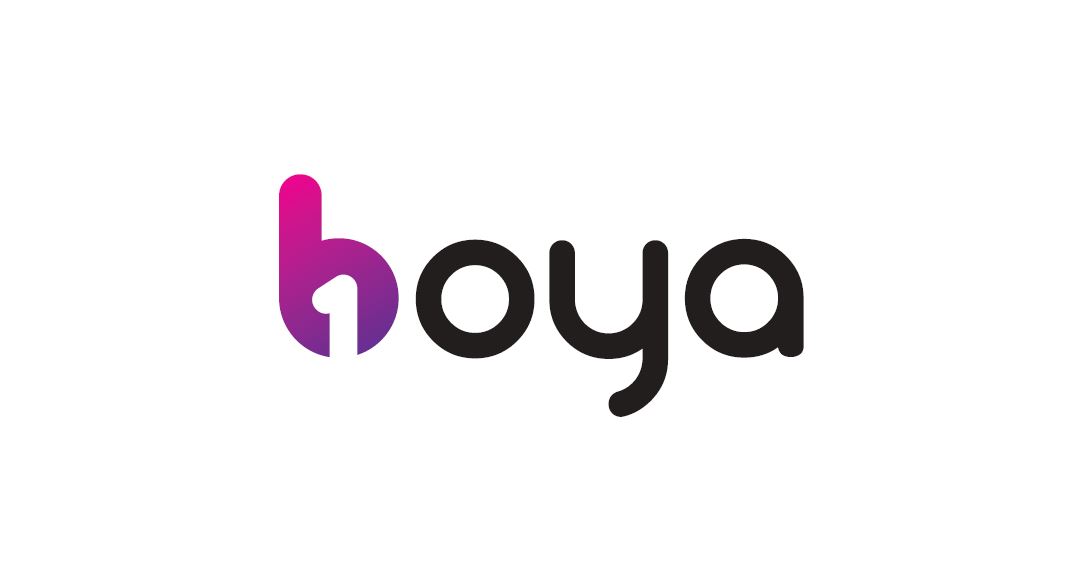Hiring employees is one of the effective strategic plans for most small business owners when they want to scale their growth. Often, business owners reach a level they need help and seize wearing every hat in running a small business. However, hiring the first employee is a critical process that may be exciting, challenging, and complex at the same time for small business owners. It involves paying attention to many vital details, from determining the number of employees needed and how much they will earn to what skills are needed most. To some, this could be tedious.
However, it doesn’t have to be this tough. This post is a comprehensive guide to help small business owners find and hire their first employees effectively. It outlines the factors to consider, the benefits of hiring, and steps and tips for hiring first employees.
What Questions Should You Answer Before Hiring Your First Employees?
There are critical things a business owner ought to consider before they embark on a journey to hire their first employees for their business. Suppose a business is growing fast; hiring employees to help with some roles is a good idea, but it shouldn’t be a hasty process. It might lead to hiring the wrong persons or not following a standard hiring process. Even worse, one may realize they didn’t need employees.
Here are questions a business owner should answer before hiring their first employees: a more of a checklist to hire the first employee:
Is it the right time to hire your first employees?
Deciding whether to hire your first employees shouldn’t be a gambling game. First, the most obvious answer to this question is determining how much work or task you need to delegate. Besides, could an independent contractor be more effective than onboarding a full-time employee?
Business owners should consider hiring employees to do specific roles. Above all, consider hiring first employees if they will contribute to improving the business in a certain way.
What skill sets are you hiring?
If a business owner concludes they need to delegate specific roles, they must also determine the exact skillset required to fill the position(s). It will also avoid hiring and onboarding employees with similar skills to what they already have.
It also entails determining the level of experience or expertise they need from an employee. The next critical question becomes how the hiring process is structured.
Do you have a clear hiring process?
One of the challenges of hiring first employees for a small business is an unclear process of hiring and onboarding employees, especially when the business owner is self-employed or a freelancer. Among the critical questions that arise among business owners at this stage include the following:
- a) How will I find new hires?
- b) Who will help me hire, train and manage employees?
- c) Where do I find ideal candidates for these roles?
- d) How will I conduct the interviews?
- e) How do I know a candidate is a right fit?
Evidently, hiring first employees may be daunting, especially if employers don’t understand human resource (HR) fundamentals. That’s why they need a clear hiring process.
Similarly, a business owner may opt to work with an HR professional or an Employer of Record (EOR) service provider to help them through the process or outsource the service to an HR agency.
Can the business afford to pay the new hires?
Another critical aspect is determining if there is a budget for hiring new employees. A single good month of a business shouldn’t mean it’s time for business owners to get new hires. Payment should be consistent if there is a decision to onboard new employees. There should be an allocation of budget for a few months that will cater for employee remuneration before hiring the first employees.
More importantly, if there is a sustainable budget for employee payment, one cannot avoid the function of running a payroll in a business. Employers are responsible for filing taxes and making statutory deductions, such as Social security funds and insurance deductions.
This is another entire function, and it’s vital even in a small business. Business owners need to learn payroll management or work with a CPA. They can also outsource payroll functions, but there is a better alternative, i.e., using HR and Payroll software like Workpay. Such software easily integrates with existing business systems to help an employer run payroll easily and pay employees on time.
How are you going to track employees and their time attendance?
Now that a business owner has decided to hire first employees, they need to know how to determine their productivity and inspect the time spent at work. Performance metrics will help business owners know if they’re getting value in return and provide significant insights that could be used to make other business decisions.
The same outlined kind of HR software or systems could greatly assist in tracking employees’ time attendance and KPIs.
Here is a guide on how to manage employee time and attendance.
How to Hire Your First Employees: Steps to Take
While the hiring process varies across various companies and countries, there are several basic steps a legitimate small business owner must go through regardless of where they’re located. That means that a business is already registered and meets all legal and industrial standards within its jurisdiction. Let’s walk you through hiring a small business’s first employee.
Evaluate your HR Needs
The first step entails evaluating HR needs. Employers need to know precisely why they need an employee and the exact types of workers (permanent or temporary) that fit specific roles. Such an evaluation will also lead a business owner to formulate a hiring process. More importantly, it’s a path to help you meet other HR requirements.
Prepare for the hiring process of your first hire
Once business owners have insight into their HR needs, they must prepare for the hiring process. This step entails answering the above five questions outlined in the above section and ensuring your business is registered and meets all requirements. Other essential things to work on before hiring include preparing employment contracts and creating a company handbook (if you don’t have one). More importantly, a business owner must register as an employer with relevant agencies in their respective residence of a business/company.
Learn more about compliance tips for small businesses.
Write a clear job description
Once the above two steps are in order, it’s time to write a job description(s) and post the opening(s). Creating a clear job description that specifies the skills and qualifications and outlines the expected salary and benefits is essential. It’s also good to highlight a company’s values.
Post the Job Description
It’s important to post job descriptions on popular job boards/sites to reach more candidates matching the business’s needs. A business owner should consider sharing the job description with their network. It could increase the chances of getting high-quality candidates as referrals on their list.
Screen and interview candidates
Once they receive applications, employers need to identify the best candidates to interview. The screening process entails reviewing cover letters and resumes, communicating with candidates, and completing pre-employment tests (if any). It also involves eliminating and selecting promising applicants.
The next is to interview selected candidates. Interviews can be done via phone, virtually (via video), or in person. Often, it’s good to ask candidates questions about their career goals, skills, experience, accomplishments, etc. Additionally, employers could contact candidates’ professional and character references.
Hire and onboard the first employees
The last step is to hire and onboard employees. If an employer has found the right fit for a role, that’s when employee onboarding starts. It involves sending an offer letter, completing the necessary paperwork, including the employment contract, and providing new hires with the required tools and resources to execute their assigned roles. Above all, creating a file for the new employee and setting up direct deposits where the employer will send the payments or salaries is vital.
Check out this guide on how to onboard new employees.
Additional Tips for Small Businesses to Hire The First Employee
Focus on support roles first
Most businesses, especially large organizations, often prefer to hire from the top (CEO, CTO, CMO, CFO, etc.). However, as a small business owner filling key positions that will stir the business’s success is essential. The company shouldn’t strain to fill key positions while it has a few employees.
Hire weaknesses
In the initial stages of most businesses, the owner is usually “the jack-of-all-trades.” They do everything from marketing and sales to accounting. Typically, they can only be good in some operations within the business. Therefore prioritize hiring first employees with complementing skill set in their weak areas. It even allows employers to focus on other areas where they’re more productive.
Consider using contractors or freelancers as an alternative
Sometimes, some roles may be seasonal or are not much needed. In such a situation, a small business owner may opt to fill positions with independent contractors instead of full-time employees.
Give opportunities to employees with potential and those who match the company’s culture
Company culture is one of the critical elements of business success, and finding employees who understand it is a great advantage. Such employees are more likely to stay in an organization longer. Additionally, it’s good to offer opportunities to hires with potential while starting as the business grow and grow together with them.























